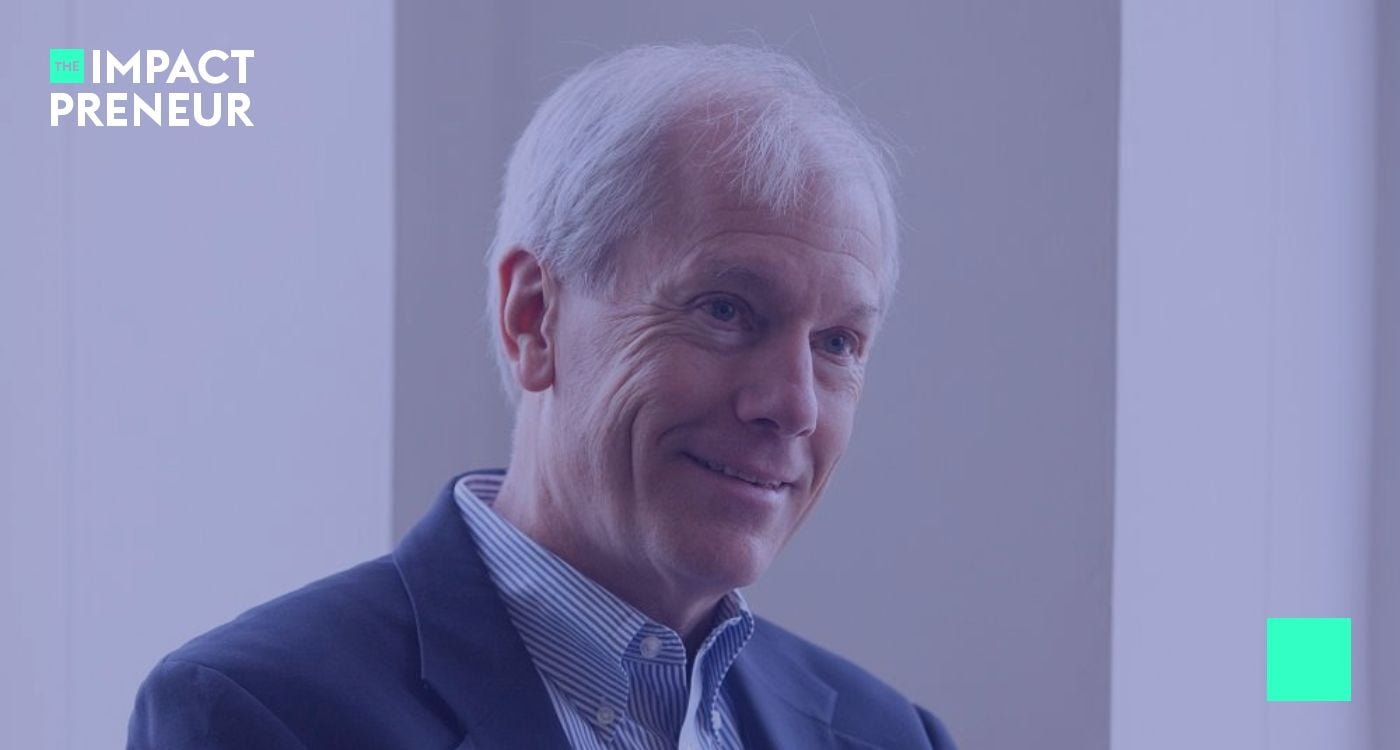Photo by: Darlene Alderson
In today's rapidly evolving world, leadership demands more than just a sharp mind and a steady hand; it calls for a heart open to self-discovery and a willingness to connect authentically. Gone are the days when leaders could hide behind facades of infallibility. Now, the call is clear: Embrace self-awareness and vulnerability. This isn't about weakness; it's about strength. A strength that fosters trust, nurtures growth, and builds bridges. Ready to dive deep and emerge as the leader this era needs?
Quick Bites:
- Know thyself. Your power lies in your authenticity.
- Open up. Connect. See the magic unfold.
- Talk the talk, but make sure it leads to action.
- Your leadership is measured by how you uplift those around you.
The Power of Self-Reflection in Leadership
An impactful leadership starts with a long, hard look in the mirror. Self-awareness is that unassuming yet game-changing superpower in a leader's arsenal. It's about understanding your inner compass, recognizing your strengths and limitations, and aligning your actions with your core values. Imagine leading with such clarity and conviction that others are inspired to follow, not out of obligation, but out of respect and shared vision.
But here's the thing: self-awareness doesn't come from a place of comfort. It emerges from the willingness to question, to challenge, and to reflect deeply on one's beliefs and behaviors. Have you ever asked yourself why you react the way you do in challenging situations? Or pondered the roots of your motivations? This introspective journey can be tough, but it's essential for growth.
Enter vulnerability, the unsung hero of authentic connection. It's the courage to show up as you are, to admit you don't have all the answers, and to share your true self with others. This openness fosters a culture of trust and collaboration, where every voice is valued and every team member feels seen. Imagine a workspace where mistakes are viewed as learning opportunities, and where honesty paves the way for deeper connections and breakthroughs.
Leaders who master the art of self-awareness and vulnerability not only inspire loyalty and respect; they also cultivate environments where creativity and innovation thrive. They understand that leadership isn't about being the smartest person in the room; it's about bringing out the best in others, fostering a sense of belonging, and steering the collective ship towards shared goals and dreams.
Communication: The Bridge to Collective Action
In the realm of leadership, words wield power. But how do you use that power to unite, inspire, and mobilize? Effective communication starts with listening—truly listening—to understand the perspectives and experiences of others. It's about creating spaces where difficult conversations can happen, where diversity of thought is celebrated, and where collective wisdom leads to innovative solutions.
But let's not forget the elephant in the room: discussing sensitive topics like race, inequality, and social justice. It's a minefield, but navigating it with empathy, respect, and an open mind can turn challenges into opportunities for growth and understanding. How do you start these conversations? By acknowledging discomfort, by being willing to learn, and by approaching every interaction with humility.
Imagine the impact of a leader who communicates not just with words, but with actions. Someone who not only talks about change but actively participates in making it happen. This type of leader understands that true communication goes beyond mere words; it's about setting an example, about actions that align with spoken commitments, and about creating a legacy of integrity and trust.
In essence, communication is the leader's tool for knitting together diverse strands of thought, experience, and aspiration into a cohesive and dynamic tapestry. It's about painting a vision so compelling that others can't help but see their own hopes and dreams reflected in it, and about crafting messages that resonate on a deeply human level.
Leadership in Action: Walking the Talk
Leadership isn't a title; it's a behavior. It's about embodying the values you espouse and living out the principles you advocate for. Imagine a leader who not only preaches about equality and justice but also makes concrete efforts to dismantle systems of privilege and bias within their organization. This leader knows that actions speak louder than words and that true leadership means being the change you wish to see.
Empowering others is the hallmark of great leadership. It's about recognizing the potential in each team member and providing them with the tools, opportunities, and support they need to shine. This means fostering an environment where risk-taking is encouraged, where failures are seen as stepping stones to success, and where everyone feels valued and heard.
A leader's journey is one of continuous learning and adaptation. It's about staying curious, being open to feedback, and constantly seeking ways to grow and improve. This mindset not only propels leaders forward but also inspires those around them to embrace their own journeys of growth and discovery.
In the end, the true measure of a leader is the impact they have on others. It's about leaving a legacy of empowerment, transformation, and positive change. It's about building a future where leadership is synonymous with integrity, compassion, and a relentless pursuit of excellence.
Actionable Steps to Ignite Change:
- Commit to Regular Reflection: Set aside time each week to reflect on your leadership journey. What lessons have you learned? What can you do better?
- Cultivate Openness: Practice vulnerability with your team. Share your challenges and encourage others to do the same.
- Foster Inclusive Dialogue: Initiate conversations on difficult topics. Listen, learn, and lead with empathy.
- Lead by Example: Align your actions with your values. Be the change you advocate for in your organization.
- Empower and Uplift: Invest in the growth and development of your team members. Recognize their achievements and help them overcome obstacles.
By embracing these steps, you'll not only grow as a leader but also inspire those around you to reach new heights. Remember, the journey of leadership is ongoing, filled with opportunities for learning, growth, and impact. Are you ready to take the next step?
Questions on the Topic
Q: What are key components of effective leadership in the context of racial equity?
A: Leadership isn't just about giving orders or setting strategies. It's about introspection, understanding, and empathy. Imagine a leader as a gardener tending to a diverse garden. They need to know the unique needs of every plant (team member) to help it thrive. Self-awareness, perspective-taking, and a deep understanding of the context are the tools in their shed. It's not about commanding; it's about nurturing and growing together.
Q: How can individuals challenge their unconscious biases to foster inclusive environments?
A: Challenging unconscious bias is like peeling an onion—it might bring tears to your eyes, but it's crucial for growth. Start by acknowledging these biases exist; they're sneaky, often invisible. Next, seek feedback and experiences outside your comfort zone. Ever watched a movie that changed your perspective? That's what we're aiming for. Engaging with diverse viewpoints is like adding new flavors to your culinary palette—you'll wonder how you ever lived without them.
Q: How can we effectively communicate across cultural, political, and racial differences?
A: Communication across lines that divide us requires courage and humility. It's like walking a tightrope without a safety net. Imagine, you're stepping into a conversation where every word counts, and the stakes? They're sky-high. But, by embracing our vulnerabilities and admitting what we don't know, we break down barriers. Ever tried to learn a dance without knowing the steps? It's awkward, but it's the first step towards rhythm.
Q: Why is vulnerability important in leadership?
A: Vulnerability is like opening the door to a room you've kept locked. It's scary but liberating. It means showing you don't have all the answers and that's okay. It's about letting your guard down to learn and grow. Think of it as the secret ingredient that transforms good leaders into great ones. By being open to new experiences, curious about others, and willing to experiment, you're paving the way for genuine connections and growth.




